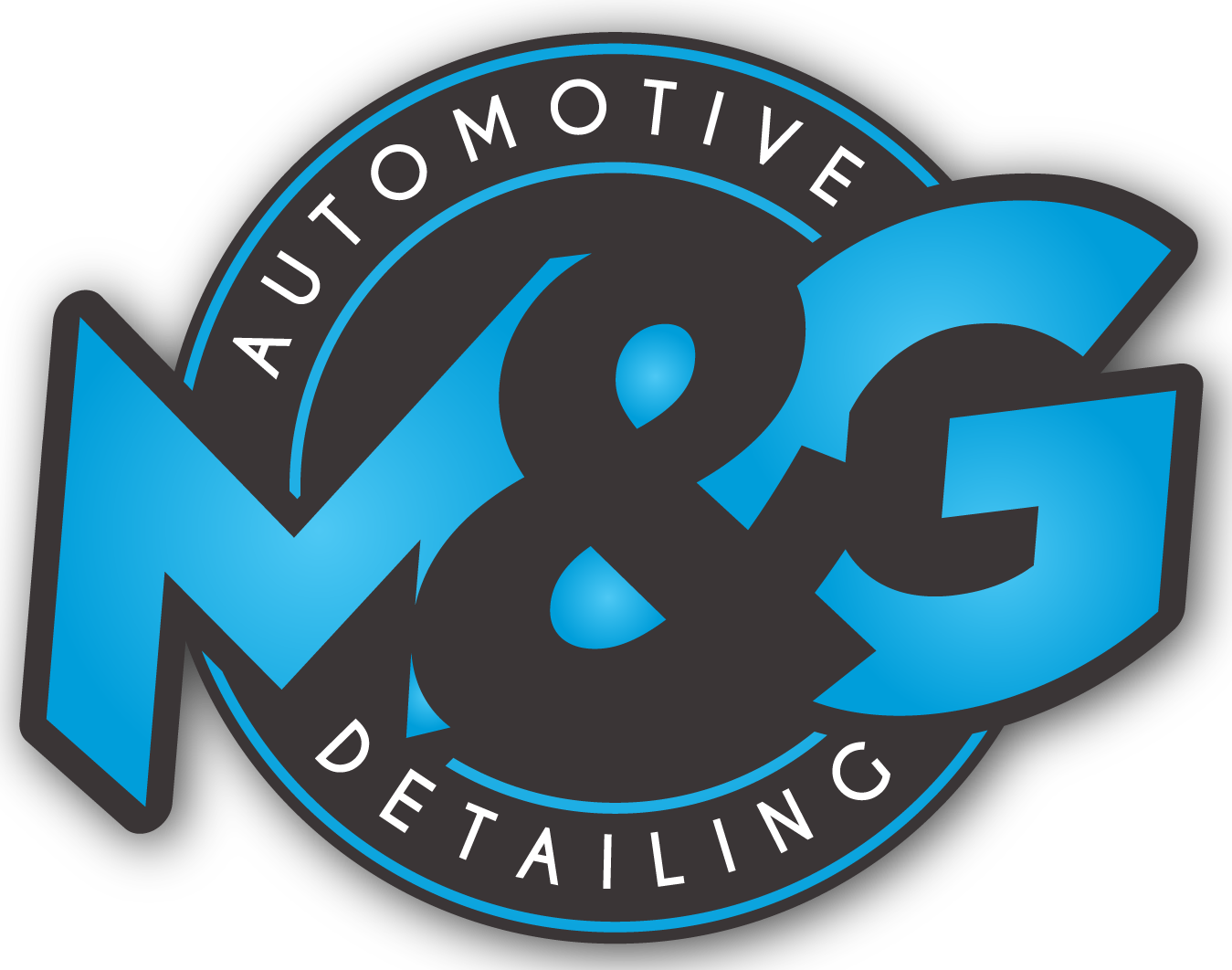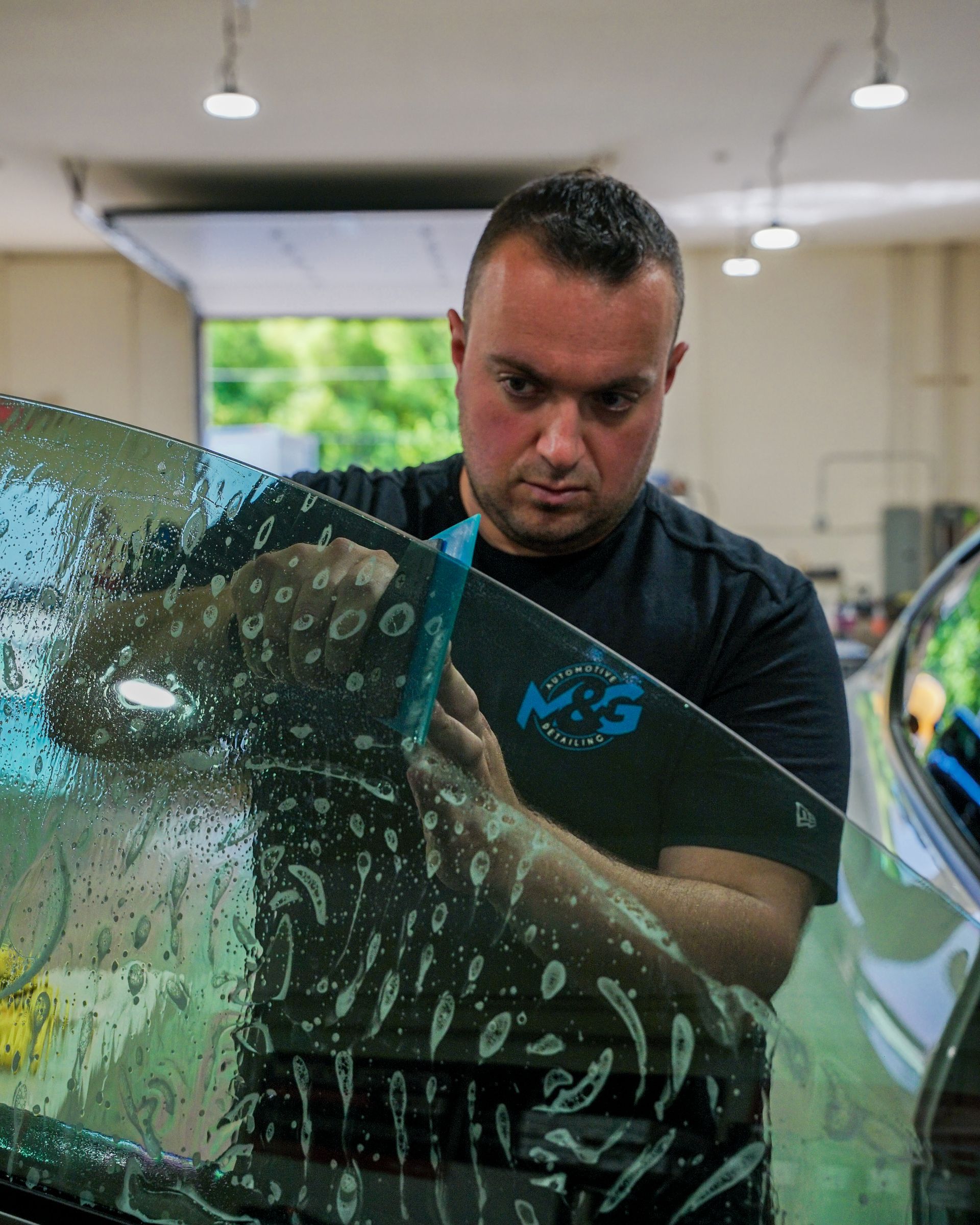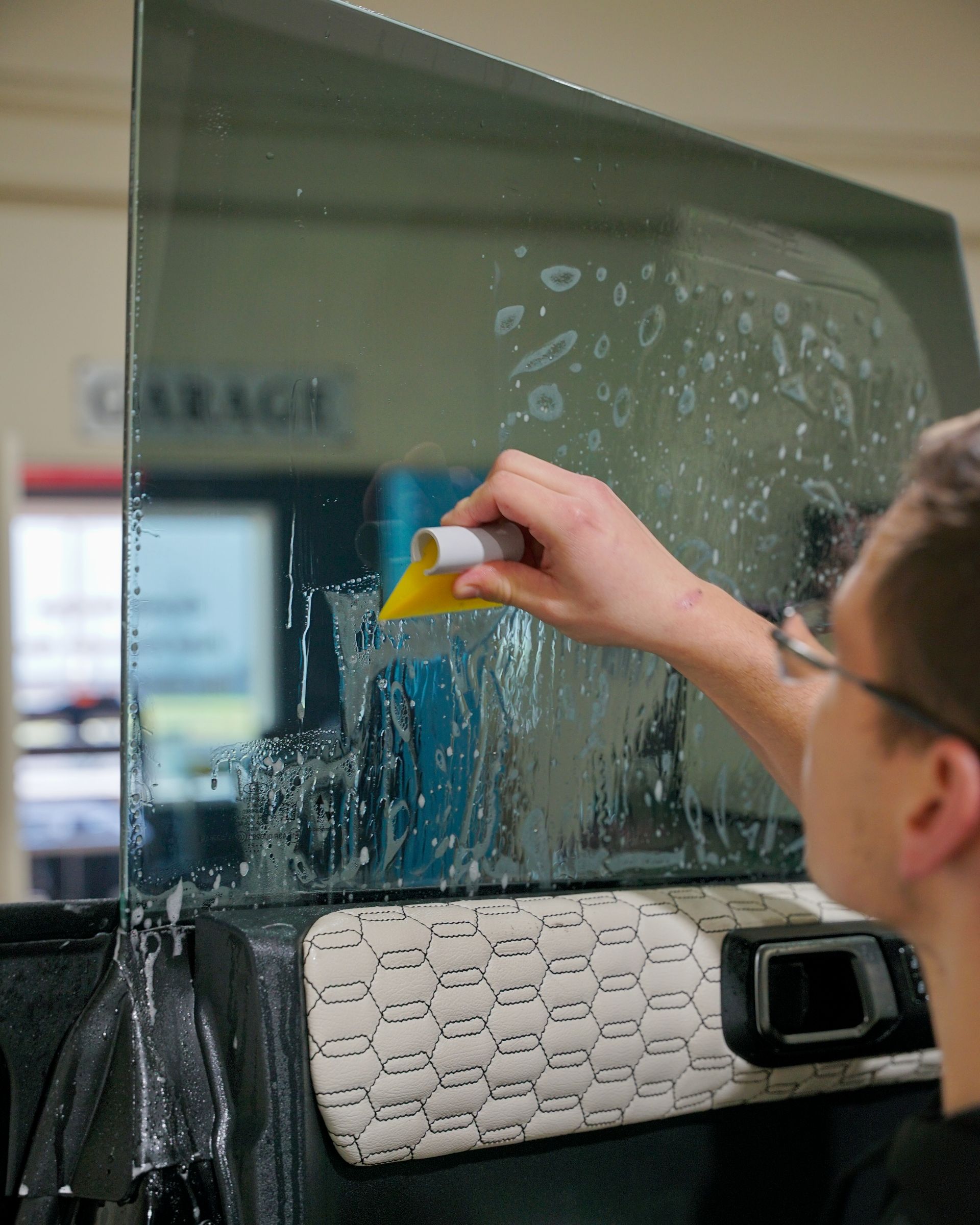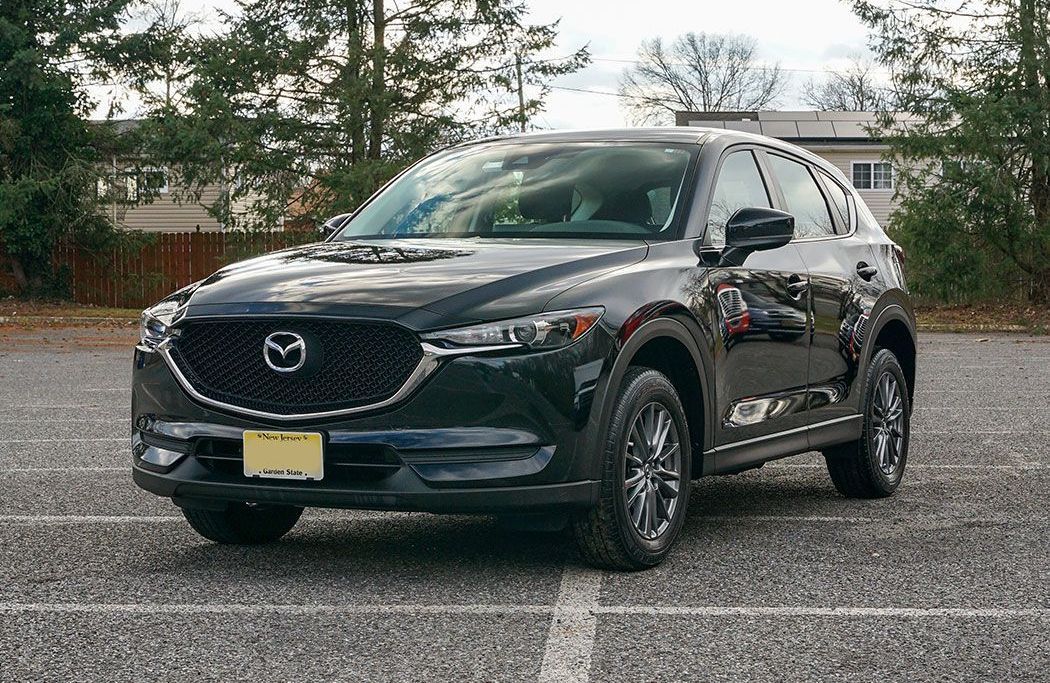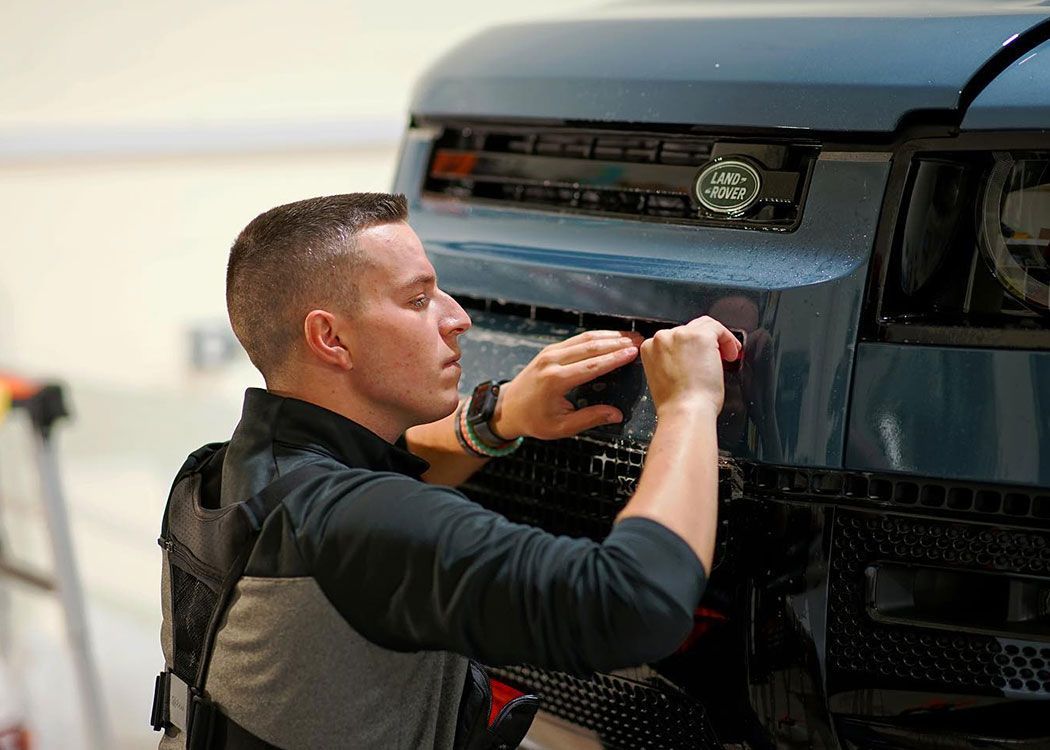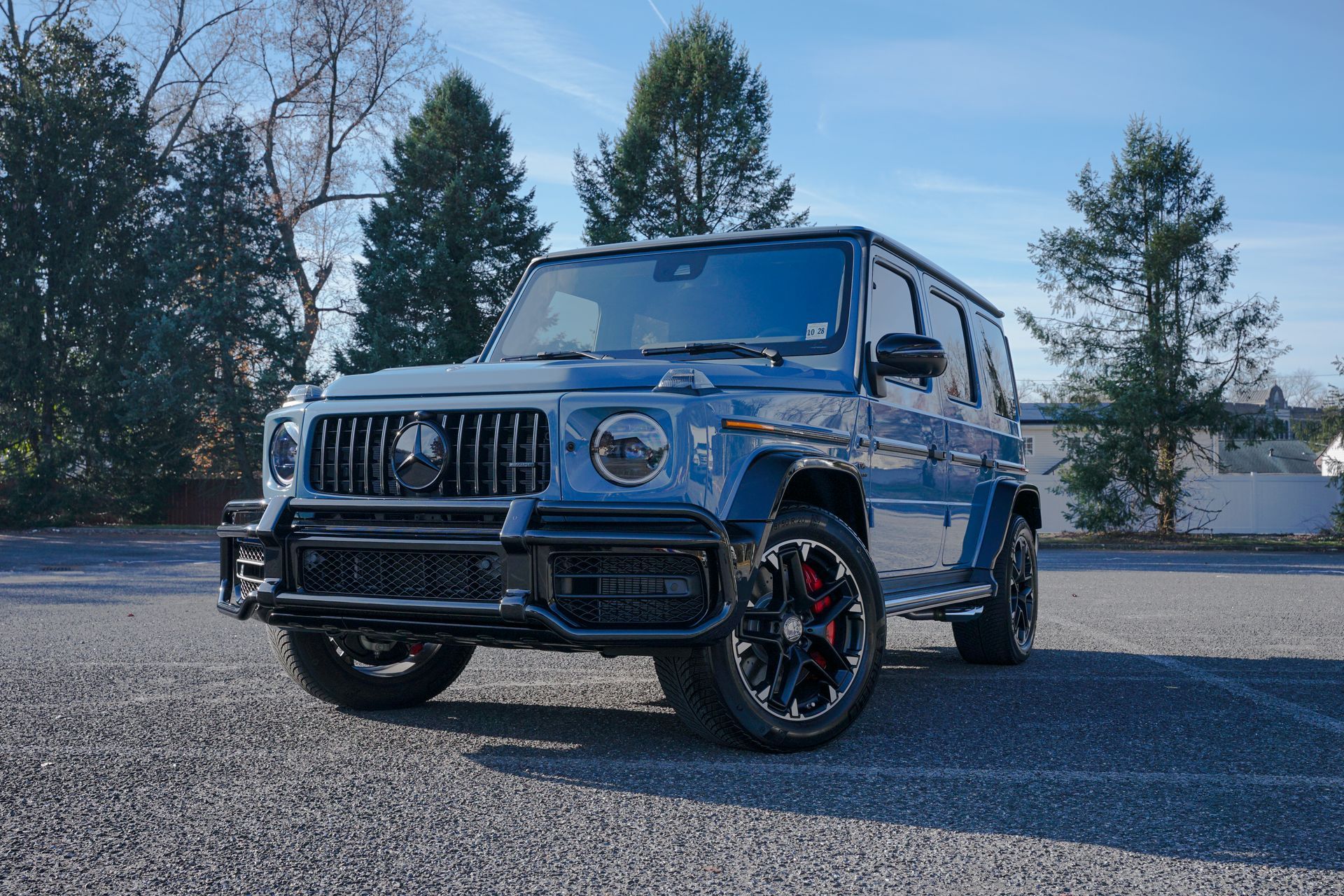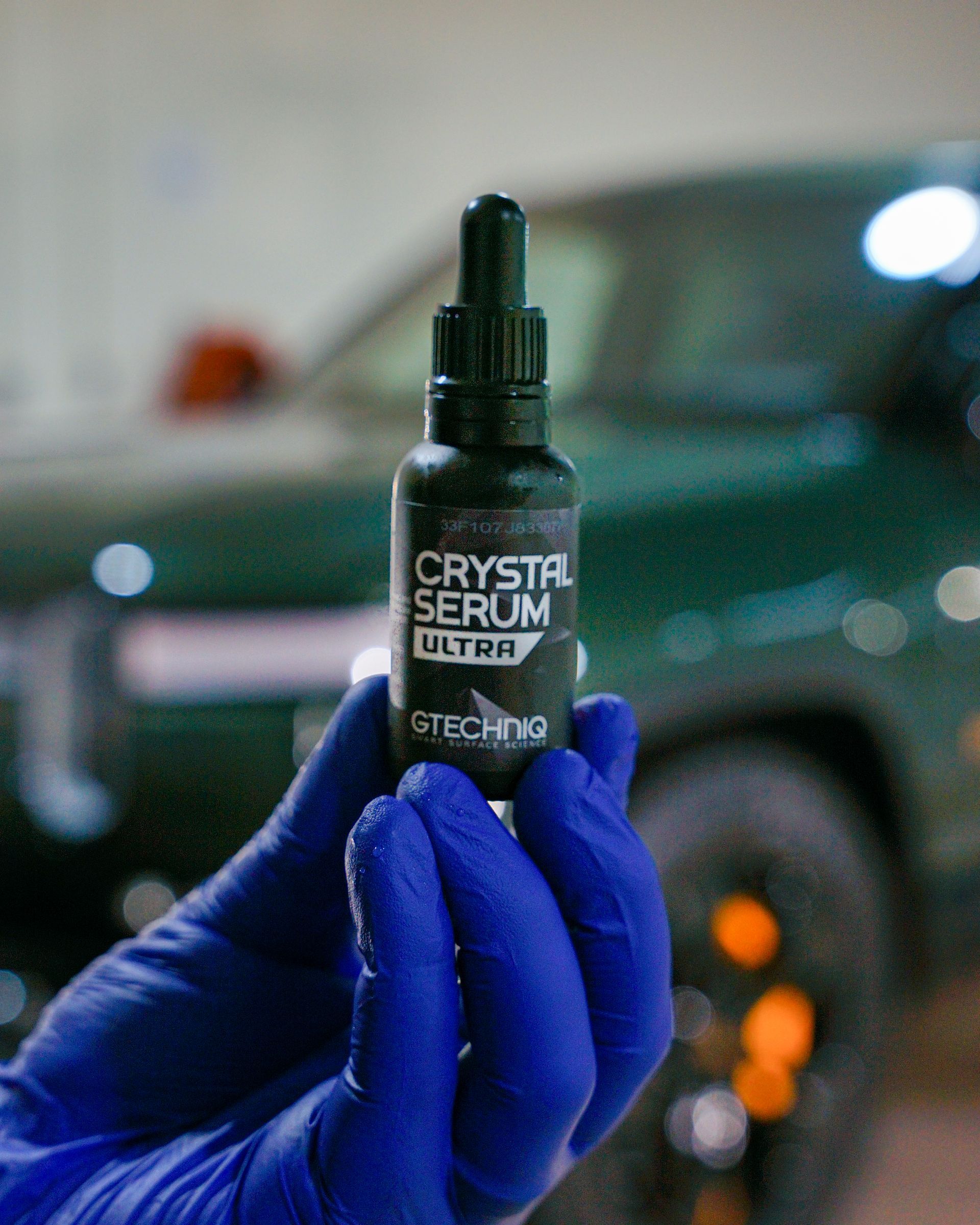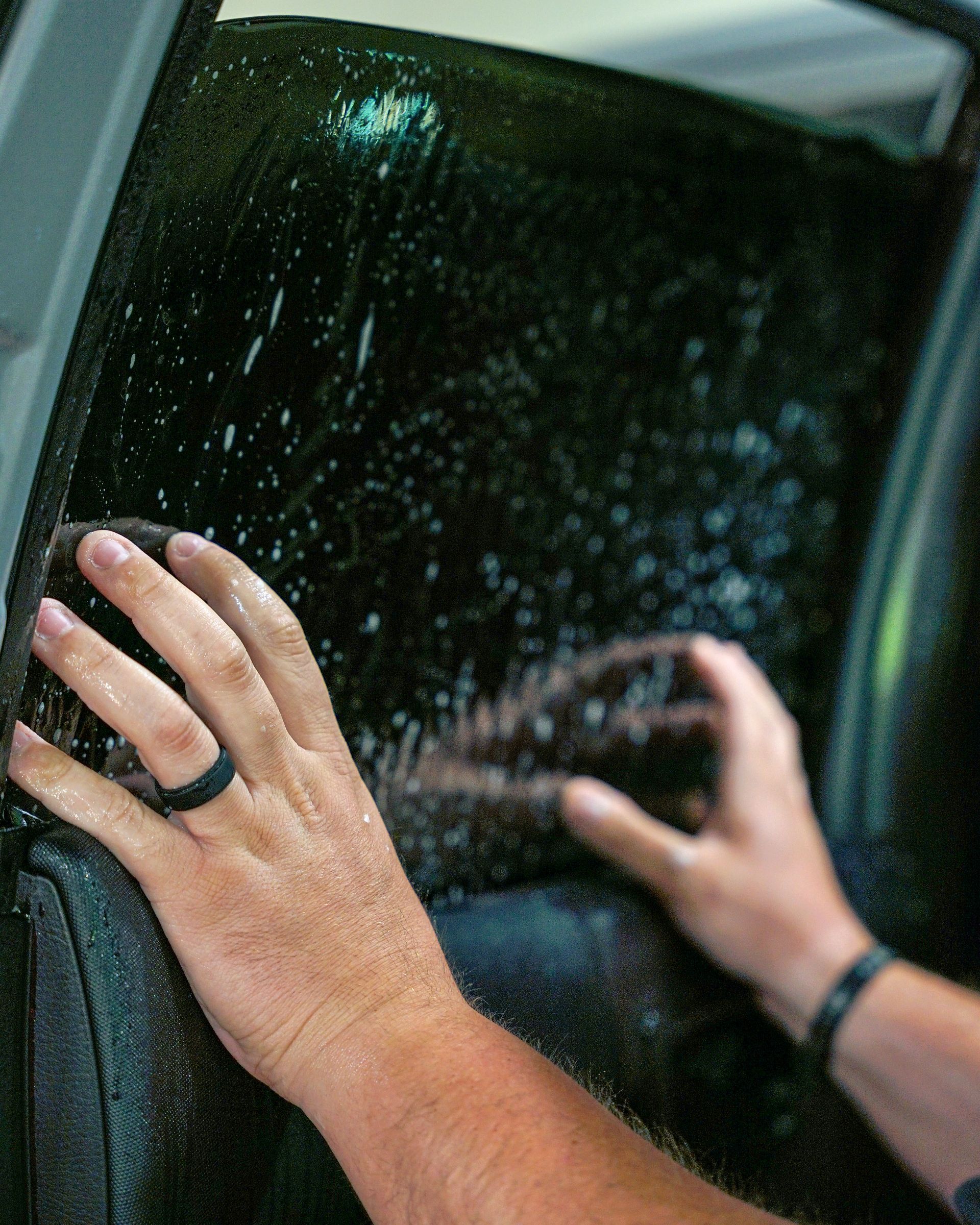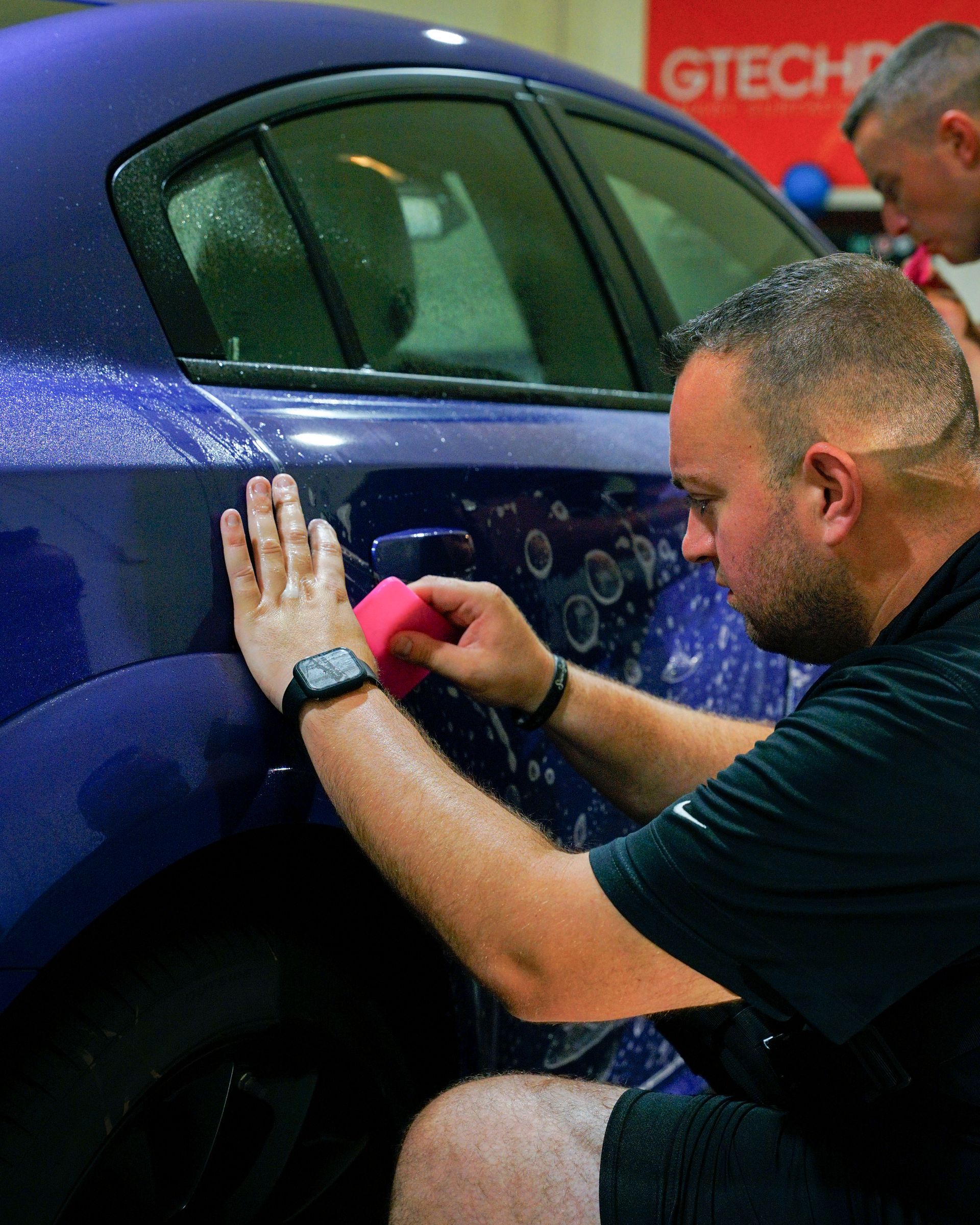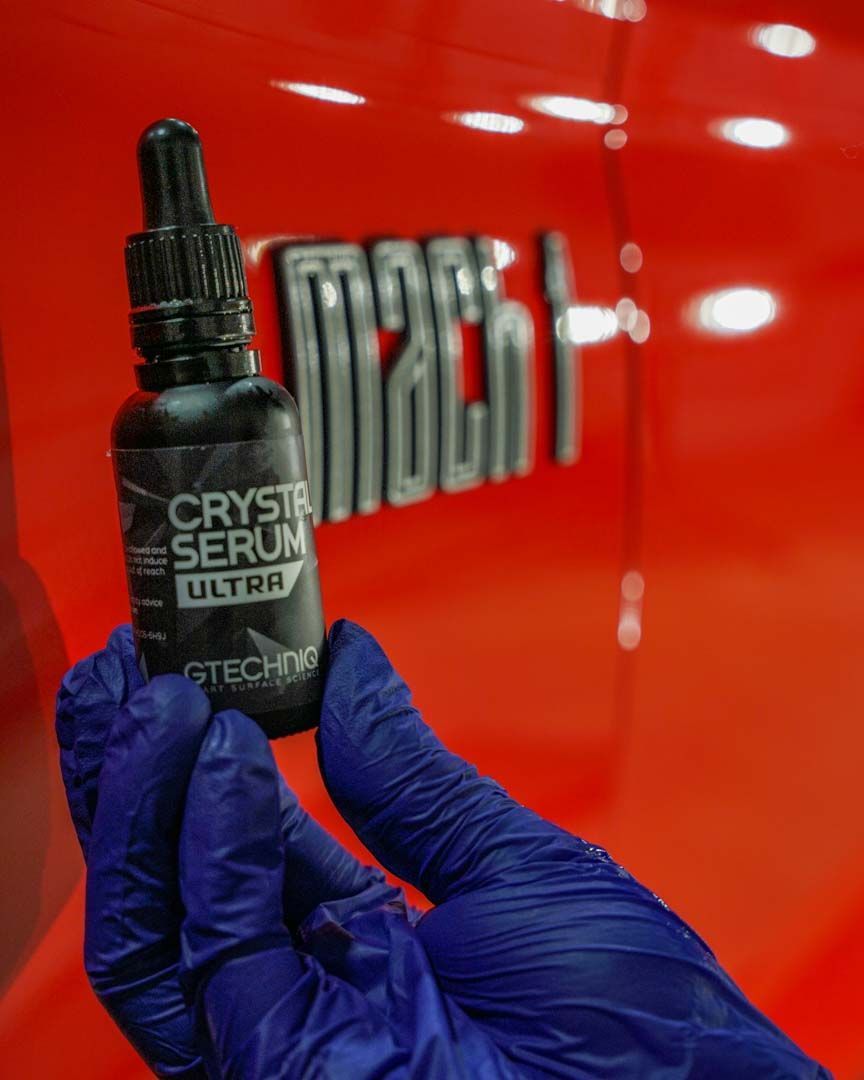What Makes Ceramic Tinting the Best Choice for Your Car? Benefits and Quality Explained
Choosing the right upgrades for your vehicle can be challenging, but ceramic window tinting is a standout option. Beyond enhancing appearance, it offers significant benefits in comfort, UV protection, and energy efficiency. By reducing heat and glare, ceramic tinting creates a more comfortable driving experience—especially on hot days—while also helping to preserve your vehicle’s interior over time.
Ceramic window tinting is considered the best choice for car owners due to its superior heat rejection capabilities, blocking infrared radiation, exceptional UV protection, and filtering harmful rays. Additionally, its durability ensures long-lasting performance without fading or bubbling, making it a worthwhile investment for enhanced comfort and longevity in vehicle aesthetics.
Overview of Ceramic Automotive Tinting
Ceramic tinting represents not only a technological advancement in automotive window film but also a commitment to enhancing your driving experience. Traditional window tints often rely on dyes that can fade over time or metallic particles that might interfere with electronic signals. In contrast, ceramic tints are crafted using nano-ceramic technology, involving microscopic particles that don't just block light; they provide an efficient barrier against heat and UV radiation without affecting radio or Bluetooth functions. This specialized mix of materials allows ceramic tints to perform at an exceptionally high level, ensuring that the comfort and safety of your vehicle occupants is prioritized. It's not merely about aesthetics or privacy—though both are certainly improved with ceramic films —it's also about protection. One common concern among car owners is whether investing in higher-priced ceramic tinting is worthwhile. When weighing the benefits against costs, consider this: the upfront investment typically leads to long-term savings on cooling expenses and potential repairs for sun damage.
- Advanced UV Protection: The statistics speak for themselves when it comes to UV protection offered by ceramic tints. Not only do they block harmful UV rays, but they also significantly reduce the risks associated with prolonged sun exposure, including skin cancer and premature aging. Furthermore, this protective layer helps maintain the integrity of your car's interior, preventing upholstery from fading and cracking due to sunlight exposure. Understanding this level of protection highlights why many experts recommend ceramic tinting as a smart choice for long-term vehicle care. Unlike standard films, which could degrade over time, losing their effectiveness, ceramic films are designed to last, maintaining their protective qualities for years.
- Heat Rejection: Another noteworthy aspect of ceramic automotive tinting is its incredible heat rejection capabilities. For car owners, this benefit translates to cooler cabin temperatures, which means less reliance on air conditioning during hot summer days—a welcome relief that can improve both comfort and fuel efficiency. Imagine hopping into your vehicle after a long day under the sun; with regular tinting, you may find yourself immediately sweating in discomfort. However, with high-performance ceramic tints, you can immediately enjoy a more temperate and enjoyable drive. Thus, while there is an initial investment involved, the comfort and efficiency gained make it a savvy choice for anyone serious about enjoying their time on the road.
These advantages clearly showcase how ceramic tinting enhances car ownership through advanced technology and premier performance qualities.
Blocking Heat Effectively
One of the standout features of ceramic tinting is its exceptional heat-blocking capabilities. Imagine stepping into your vehicle at the end of a scorching day and being greeted not by an unbearable blast of hot air, but instead finding a comfortable environment that invites you in. This transformation is largely due to the unique properties of ceramic window tints, which utilize advanced technology to keep the elements outside where they belong.
The Science Behind Heat Rejection
At the heart of this technology lie the nano-ceramic particles woven into the film. These microscopic particles are incredibly efficient when it comes to reflecting infrared radiation—a major contributor to heat buildup in cars. Unlike traditional glass or standard dyed films, which merely absorb sunlight and convert it into heat, ceramic tints actively reflect these harsh rays before they ever enter your vehicle. As a result, your car's interior temperatures can remain significantly cooler during hot weather. Reflecting these heat waves, ceramic tint ensures comfort while driving and helps protect interior components from fading and deteriorating due to excessive sun exposure.
Benefits in Hot Climates
For those living in regions afflicted by extreme heat, the benefits become even more pronounced. In fact, state-of-the-art ceramic tint can deliver reductions in internal vehicle temperatures of up to 30 degrees Fahrenheit. Consider a sweltering summer day when the outside temperature hovers at a sizzling 100°F; with ceramic tint, you might only feel around 70°F inside your vehicle. If you find yourself frequently battling heat when getting into your car, investing in ceramic tint may be one of the smartest choices you can make! Not only does it enhance comfort instantly, but it also safeguards your vehicle's interior against fading over time—a feature that proves invaluable for longevity.
Ensuring Clear Visibility with Ceramic Film
One of the standout features of ceramic tinting is its ability to provide excellent visibility while filtering out harmful rays. Unlike many standard tints that dull the view and can create a dark cocoon within your car, ceramic films are designed to transmit high levels of natural light. They achieve this by utilizing advanced nano-ceramic technology, which optimizes both light transmission and heat rejection. The excellent thing about ceramic tints is that their unique composition allows for high visible light transmission (VLT), ensuring you can see clearly whether you’re driving during the day or at night. Specifically, a ceramic tint with a VLT of around 70% blocks substantial heat while allowing approximately 70% of visible light to come through—this balance means you can enjoy the benefits of a cooler cabin without sacrificing visibility.
Consider the average reduction in glare: ceramic tints manage to reduce it compared to untreated glass. This significant reduction enhances your comfort and safety, particularly during evening drives when the sun dips low on the horizon or in blinding afternoon sunlight. But clarity isn’t just impressive from the driver's perspective; it also impacts how passengers feel inside the vehicle. High-quality ceramic films minimize the feeling of being enclosed while maintaining an aesthetically pleasing look from both inside and outside. You won’t experience that unattractive “fishbowl” effect common with darker films, as ceramic tints keep things sleek and modern. Furthermore, it’s essential to note that while there are many products on the market, not all tints are created equal in terms of performance—especially under extreme weather conditions. Ceramic tints offer reliability that allows drivers to trust in their protection against harsh sunlight while maintaining visual clarity, regardless of external situations. This feature proves beneficial during rain or fog as it mitigates distortion, allowing you to focus on the road ahead while staying safe within your vehicle's environment.
Durability and Long-lasting Quality
Ceramic tints are renowned for their impressive durability, setting a benchmark in the world of window film technology. Unlike dyed or metallic tints, which often suffer from fading or peeling over time, ceramic tints boast resistance to these typical problems. This resilience means customers can expect a longer lifespan with ceramic tinting compared to standard alternatives, making it an appealing choice for car owners invested in quality. Just consider this: while traditional dyed window films may show signs of wear within 1-3 years, ceramic window tints can last up to 10 years—or more—without fading. That translates into less frequent replacements and significant cost savings over time. Their resistance to the harsh elements—be it UV rays, heat, or cold—ensures they maintain integrity far longer than lesser-quality options. However, maintaining that pristine look and function requires minimal effort on your part.
Routine cleaning is vital to preserving the life of your ceramic tint. Simply using non-abrasive materials during cleaning sessions will protect the film from scratches that could mar its visually engaging surface. Moreover, avoid using harsh chemicals; many common glass cleaners can degrade the adhesive used in tint applications. Instead, consider soft microfiber cloths and gentle soap solutions when tending to your vehicle's interior windows. By adopting such straightforward care techniques, you're actively prolonging the life of your investment. To illustrate further, consider how scratches affect a freshly waxed car paint job—time consumes all things if you don't protect your vehicle diligently! That's why ceramic tints are designed with both beauty and practicality in mind. They don’t just promise aesthetic appeal; they deliver long-standing functionality as well. With such ease of maintenance paired with exceptional performance, ceramic tint emerges as a smart investment for any vehicle owner wanting lasting quality and appearance. Whether it's shielding your car's interior from sun damage or simply enjoying comfortable driving conditions devoid of glare, investing in ceramic tinting reflects a wise choice tailored to long-term benefits.
Comparing Ceramic Tint with Other Options
When it comes to tinting your vehicle's windows, it's worth thinking about the various types of films available, as not all offer the same benefits. The two primary competitors to ceramic tint are dyed tints and metallic tints, each with distinct characteristics that influence their performance and longevity.
- Dyed Tints vs. Ceramic Tints: Dyed tints are often the go-to choice for budget-conscious consumers because they are generally cheaper to install. However, they have significant limitations. These tints primarily absorb solar energy rather than reflecting or blocking it. Although they can reduce some glare, they are not particularly effective at rejecting heat or harmful UV rays. In fact, dyed tints usually allow about 40% of UV rays to enter your vehicle, which can be detrimental to your skin and dashboard over time. Moreover, dyed films tend to fade under prolonged exposure to sunlight, leading to an unattractive appearance that diminishes your car's overall value. In contrast, ceramic tints block harmful UV rays while significantly reducing heat buildup. This high level of protection safeguards your skin and prevents damage to the interior of your vehicle—saving you money on repairs in the long run.
- Metallic Tints vs. Ceramic Tints: Now let’s talk about metallic tints. While these films are more effective at heat rejection compared to dyed options, they come with their own challenges. Metallic tints contain tiny metal particles that reflect sunlight away from the glass, providing great thermal benefits. However, this reflective nature can interfere with electronic signals inside your car—think mobile phones and GPS devices—leading to frustrating connectivity issues during daily commutes or road trips. Ceramic tints provide an ideal solution as they do not contain any metal materials; therefore, they do not hinder electronic devices while still offering top-tier heat rejection capabilities.
The choice becomes clearer when considering both comfort and technological convenience. Not only do ceramic films keep cabin temperatures down by up to 30%, elevating your driving experience during hot months, but they also allow seamless use of electronic devices without interference.
Evaluating the Investment: Is It Worth It?
When considering whether to invest in ceramic window tinting for your car, the conversation inevitably revolves around those initial numbers. Yes, a ceramic tint can set you back between $300 and $500, often higher than traditional options. However, it’s important to look beyond just the sticker price and weigh what you’re getting for that upfront cost. Investing in a superior product like ceramics means you're trading short-term expense for long-term benefits that can significantly enhance your driving experience.
Cost Analysis
To break down the costs, let’s discuss some tangible long-term benefits of ceramic tinting. For one, the energy savings from reduced air conditioning use can be substantial. Ceramic films effectively block harmful UV rays while rejecting significant amounts of infrared heat. This means your car's interior stays cooler on hot days, translating into less stress on your vehicle's HVAC system and ultimately leading to lower energy costs at the gas pump. Over time, these small savings add up! Plus, there’s an undeniable factor of durability and resistance to wear and tear. Ceramic tints are crafted with advanced nanotechnology to maintain their integrity over time, unlike dyed or metallic tints that may fade or deteriorate after years of sun exposure. As a result, you can expect fewer replacements compared to other film types, which saves you money and reduces waste—an increasingly important consideration in today’s eco-conscious world.
So ask yourself, when evaluating quality versus cost, where does your priority lie? If you're looking for a combination of aesthetic appeal, protection, and longevity, then ceramic tinting emerges as a worthwhile investment. It's not merely about purchasing another accessory for your vehicle; it's about enhancing your comfort, driving safety, and even preserving your vehicle's resale value. With benefits spanning both physical comfort during daily commutes and future financial perks, ceramic tinting certainly presents itself as a smart choice for modern car owners seeking quality performance in their vehicles.
In summary, while ceramic window tinting might require a larger initial investment compared to other film options, its profound benefits make it well worth considering for anyone serious about protecting their vehicle and improving their daily driving experience.
Premium Window Tinting Services in Cherry Hill, NJ
Experience the difference that
expert window tinting can make with M&G Automotive Detailing in Cherry Hill, NJ. Our professional tinting services don’t just enhance your vehicle’s appearance—they offer real protection against heat, glare, and harmful UV rays. Whether you're aiming for added privacy or a cooler, more comfortable drive, our high-quality films are designed to deliver long-lasting results.
Book your tinting service today and enjoy a ride that’s safer, sleeker, and built for the road ahead!
